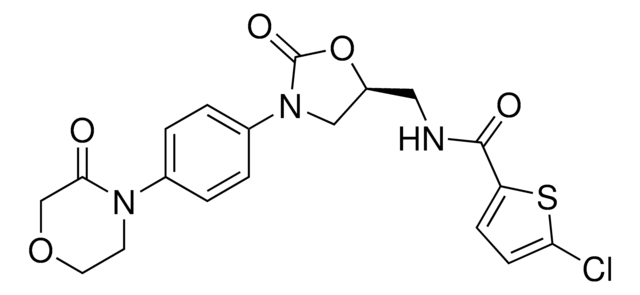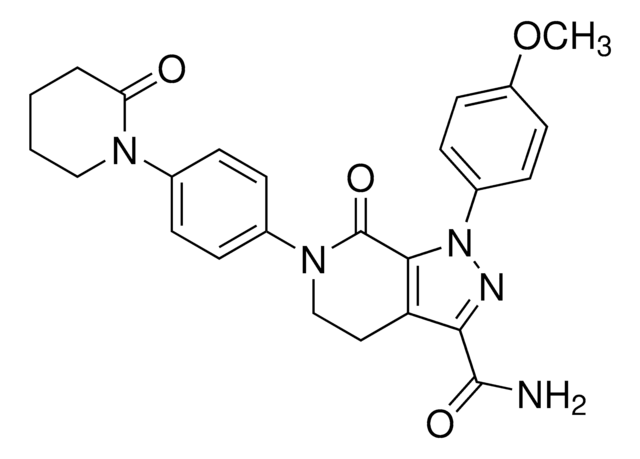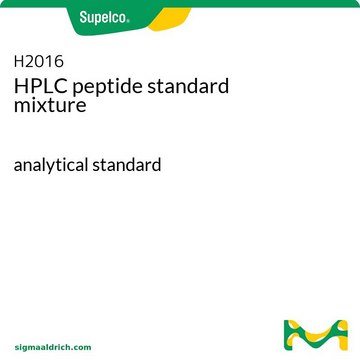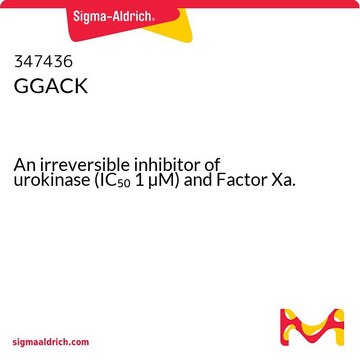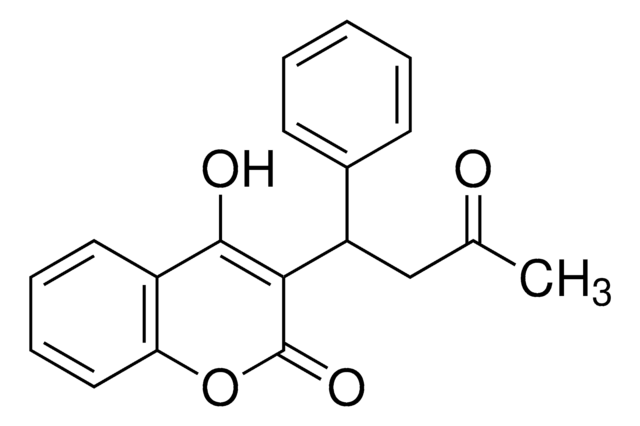SRP2153
HCV-NS4A/NS3-1a Protease, strain H77 from hepatitis C virus
recombinant, expressed in E. coli, ≥80% (SDS-PAGE)
Synonim(y):
Hepatitis C virus NS3 protease, NS3, NS4ANS3 complex, pfam02907
About This Item
Polecane produkty
pochodzenie biologiczne
hepatitis C virus
rekombinowane
expressed in E. coli
Próba
≥80% (SDS-PAGE)
Formularz
frozen liquid
masa cząsteczkowa
~22.7 kDa
opakowanie
pkg of 10 μg
stężenie
750 μg/mL
kolor
colorless to clear
numer dostępu NCBI
Warunki transportu
dry ice
temp. przechowywania
−70°C
informacje o genach
hepatitis C virus ... HCVgp1(951475)
Działania biochem./fizjol.
Postać fizyczna
Uwaga dotycząca przygotowania
Kod klasy składowania
10 - Combustible liquids
Klasa zagrożenia wodnego (WGK)
WGK 1
Temperatura zapłonu (°F)
Not applicable
Temperatura zapłonu (°C)
Not applicable
Wybierz jedną z najnowszych wersji:
Certyfikaty analizy (CoA)
Nie widzisz odpowiedniej wersji?
Jeśli potrzebujesz konkretnej wersji, możesz wyszukać konkretny certyfikat według numeru partii lub serii.
Masz już ten produkt?
Dokumenty związane z niedawno zakupionymi produktami zostały zamieszczone w Bibliotece dokumentów.
Nasz zespół naukowców ma doświadczenie we wszystkich obszarach badań, w tym w naukach przyrodniczych, materiałoznawstwie, syntezie chemicznej, chromatografii, analityce i wielu innych dziedzinach.
Skontaktuj się z zespołem ds. pomocy technicznej